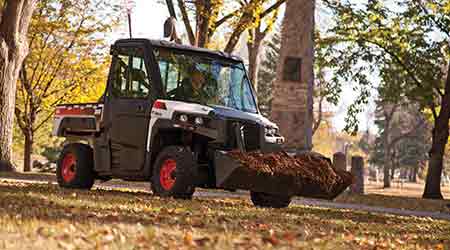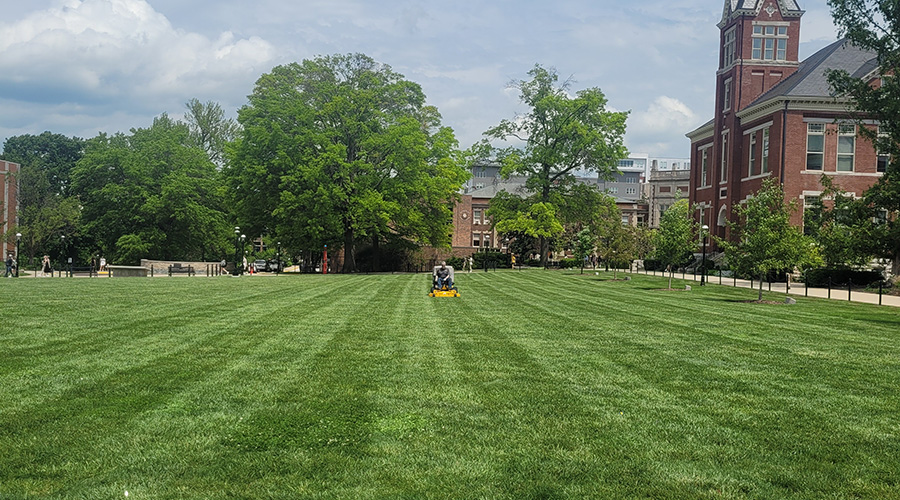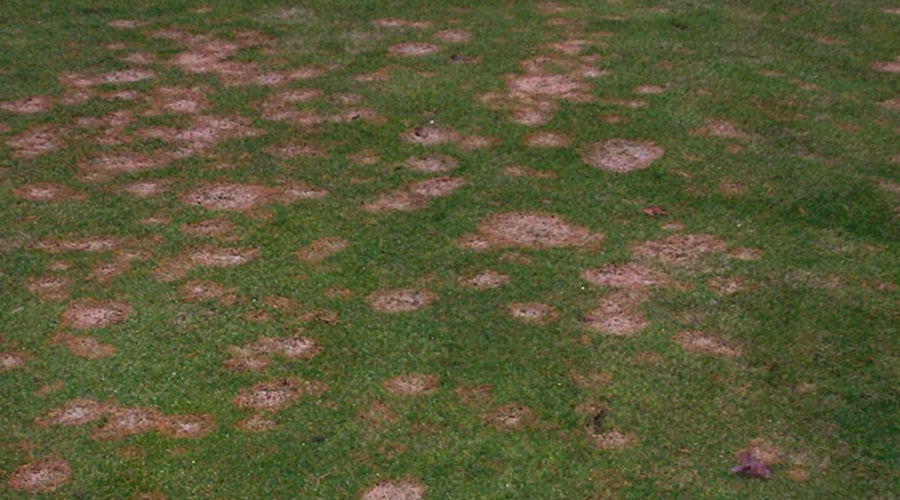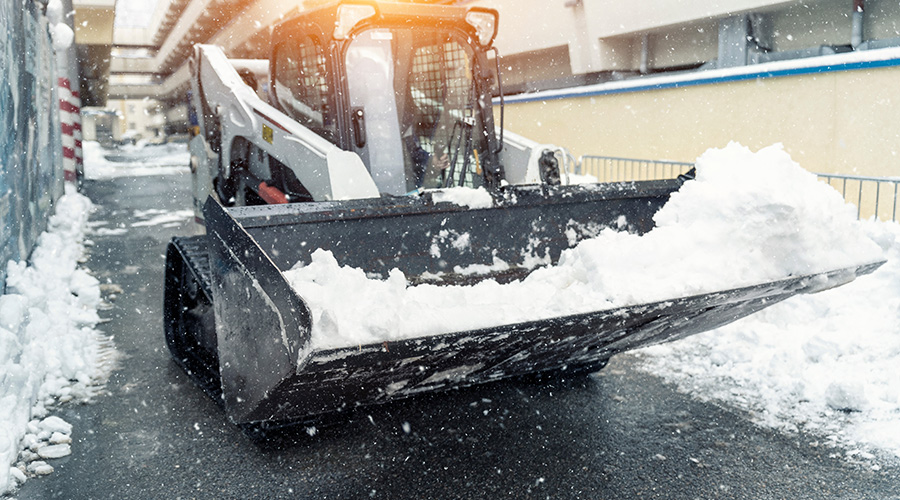Popular Attachment Options for Utility Vehicles
Part two of a three-part article on utility vehicle attachments
Most popular utility vehicle attachments likely require a front-end power take-off, which takes power from the engine and transmits it to the attachment. In this way, the snow blower or the sprayer, for example, get power to function. Many of these attachments are simple to use and maintain, but some might be too heavy for one person to install. It is important to know the installation requirements for each attachment to ensure the safety of the crew members and to prevent any damage to the equipment and the landscape.
Angle or rotary broom. This attachment sweeps a path, whether it is on a sidewalk or a driveway. One of the benefits of this attachment is that it can clean a wide area without damaging the surface. It has a relatively long reach, and it will not scratch or create cracks in the sidewalk. Because it can remove snow, leaves, and debris, departments can use the attachment year-round.
Bucket. This attachment looks as though it has a claw at the end of it. This device allows the operator to dig, carry, and load materials. The driver operates the attachment using a joystick from within the cab, causing the bucket to lift, scoop or tilt its contents.
Mowing deck. This sole purpose of this attachment is to cut grass. The operator can determine the length of the cut by either lowering or raising the attachment. Because the blades are on the front of the utility vehicle, some operators prefer this option over ride-on mowers because it can create a more even cut. Ride-on mowers have the blades in the rear, so the vehicle travels over the grass, then cuts it. While it is possible that a mowing deck can generate a more precise cut, the advances in new-generation ride-on and stand-on mowers have produced a sharper turning radius.
So, the decision on which option to buy comes down to the topography of the property and the preference of the buyer. Also, a mowing deck has only one function, so depending on the geographic region of the property, crews might not be able to use the attachment year-round.
Pallet fork. This attachment enables crews to move bulky materials or items stored on pallets. This tool is better suited for use on larger properties where supplies must be transported or where deliveries can be made more efficiently. For example, a shopping mall might use a pallet-fork attachment to deliver products to loading docks or to move around heavy planters.
Snow blade. Grounds crews can use this attachment to remove light to moderate amounts of snow on sidewalks, driveways and parking lots. They also can use it in the summer to perform light grading, making it another year-round attachment.
Snow blower. Crews use this attachment to remove moderate to large amounts of snow on sidewalks, driveways and parking lots. This attachment also requires the operator to use a joystick for control. The machine cuts through the snow and tosses it into another area.
Sprayer. This attachment enables crews to spray fertilizers and other chemicals. Despite its simple appearance, it greatly reduces the amount of time a worker normally would spend walking around the property with a hand-held sprayer wand connected to a backpack tank.
Spreader. This attachment enables crews to spread seeds, salt, sand, fertilizer, and a range of additional materials. The operator pours the contents into the top of the spreader attachment, which distributes the contents in a spray to cover as much area as possible. Crews might be able to use this attachment year-round, depending on the property’s location.
Related Topics:














